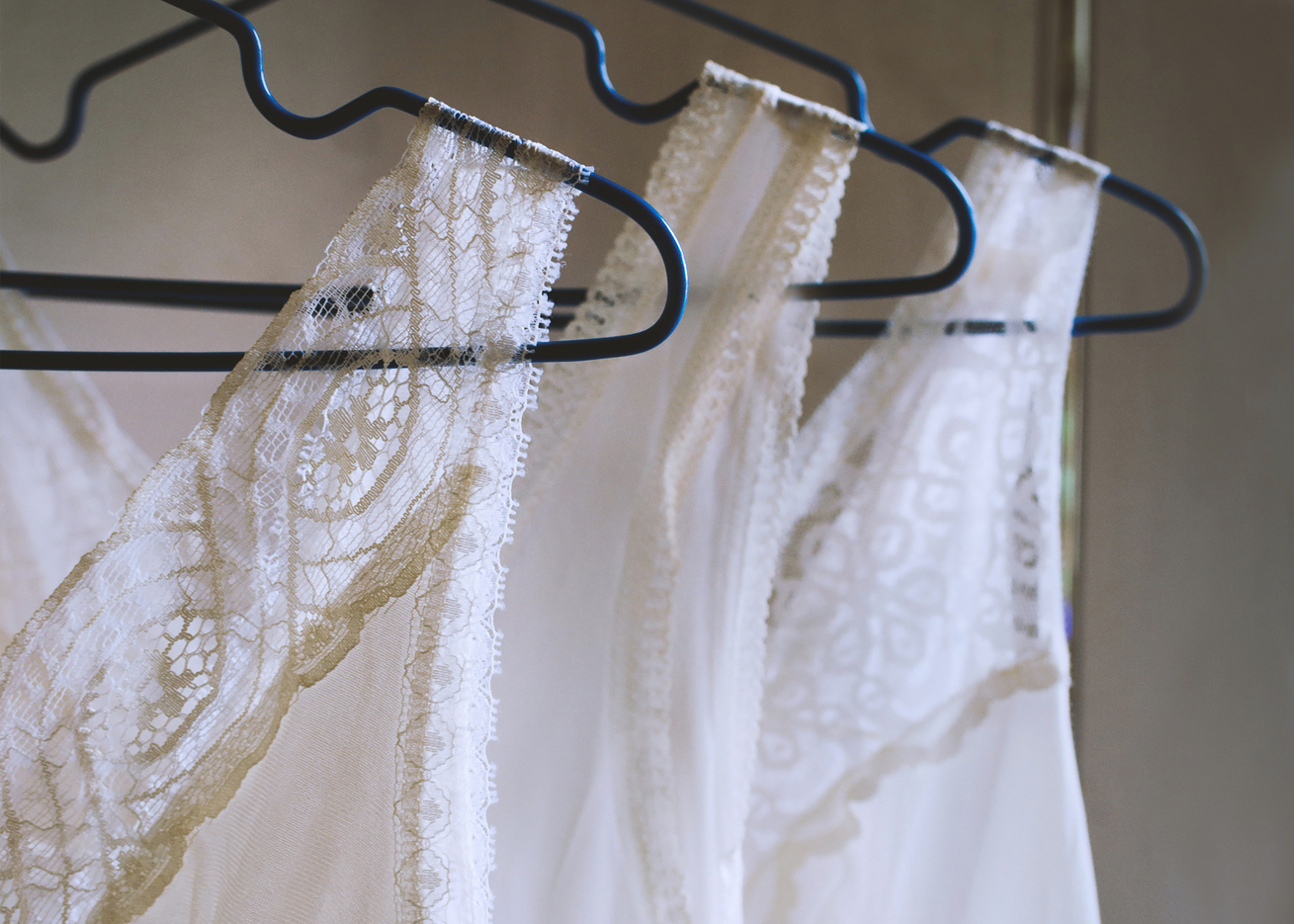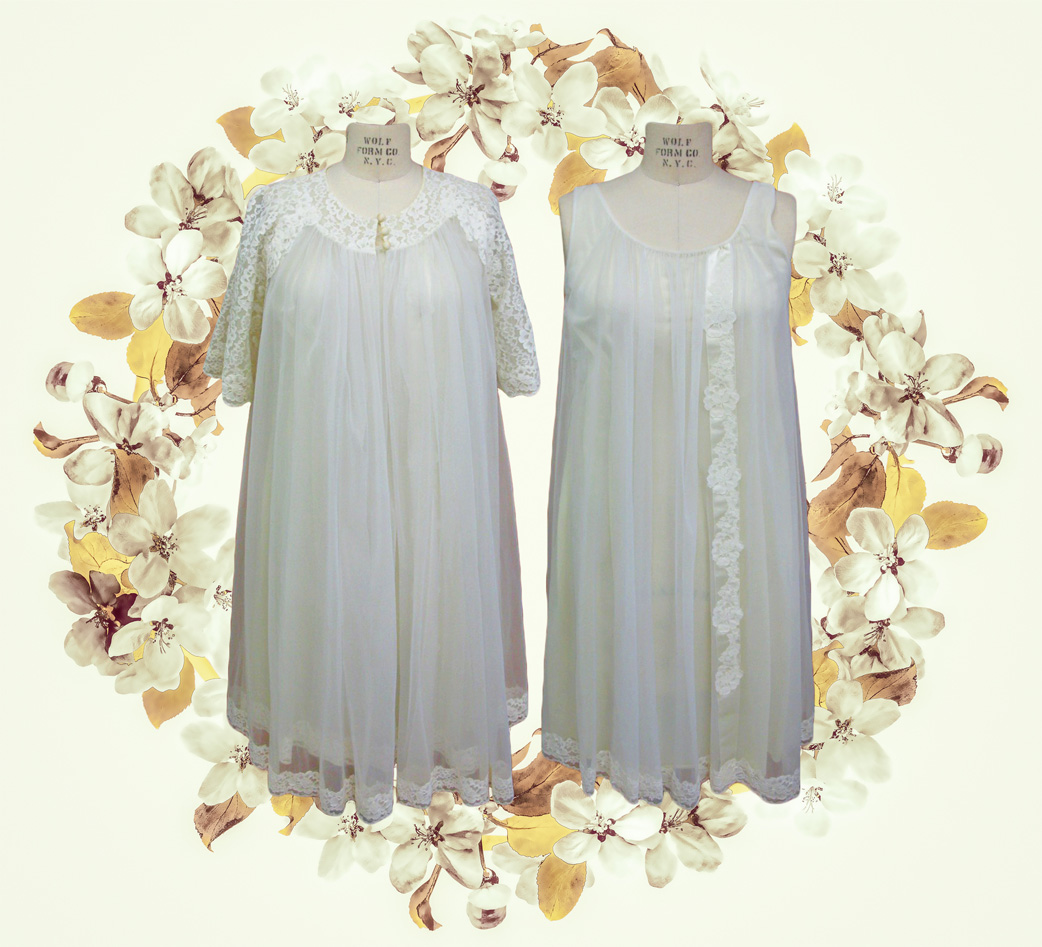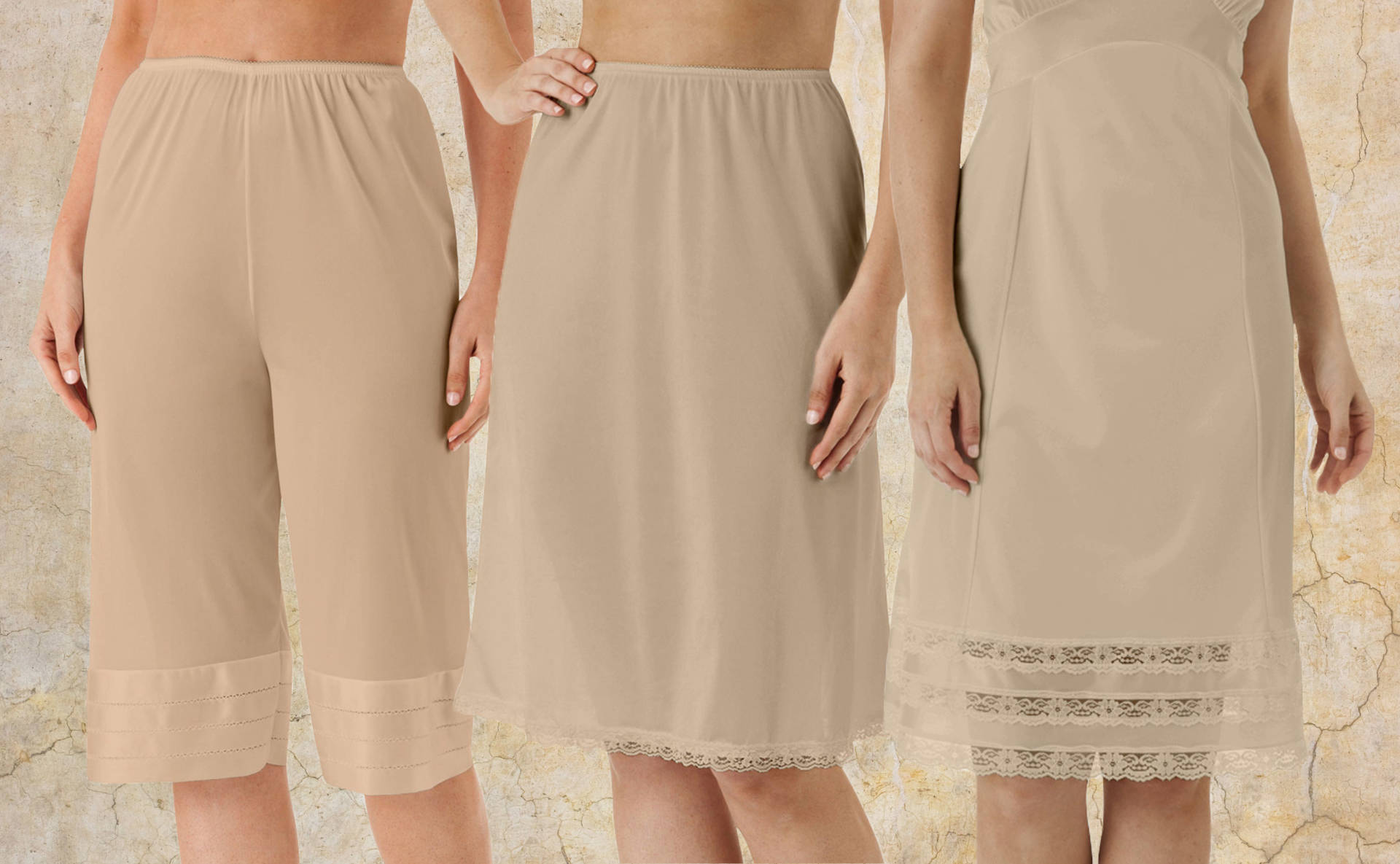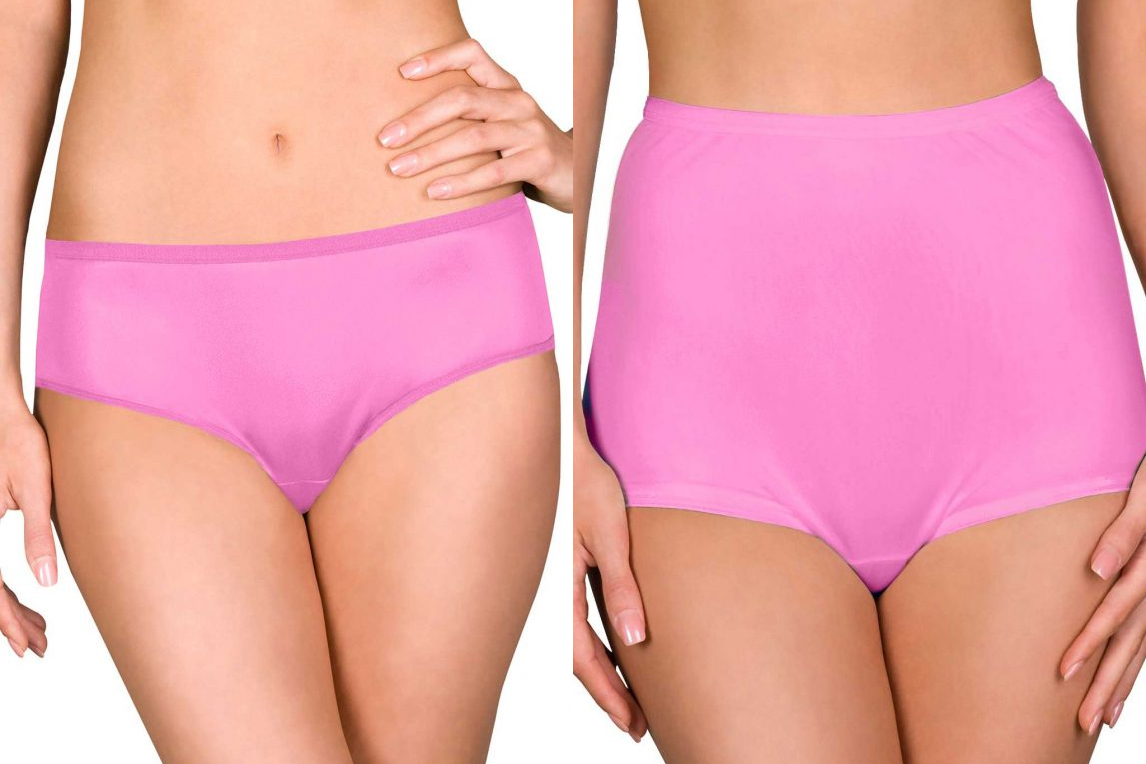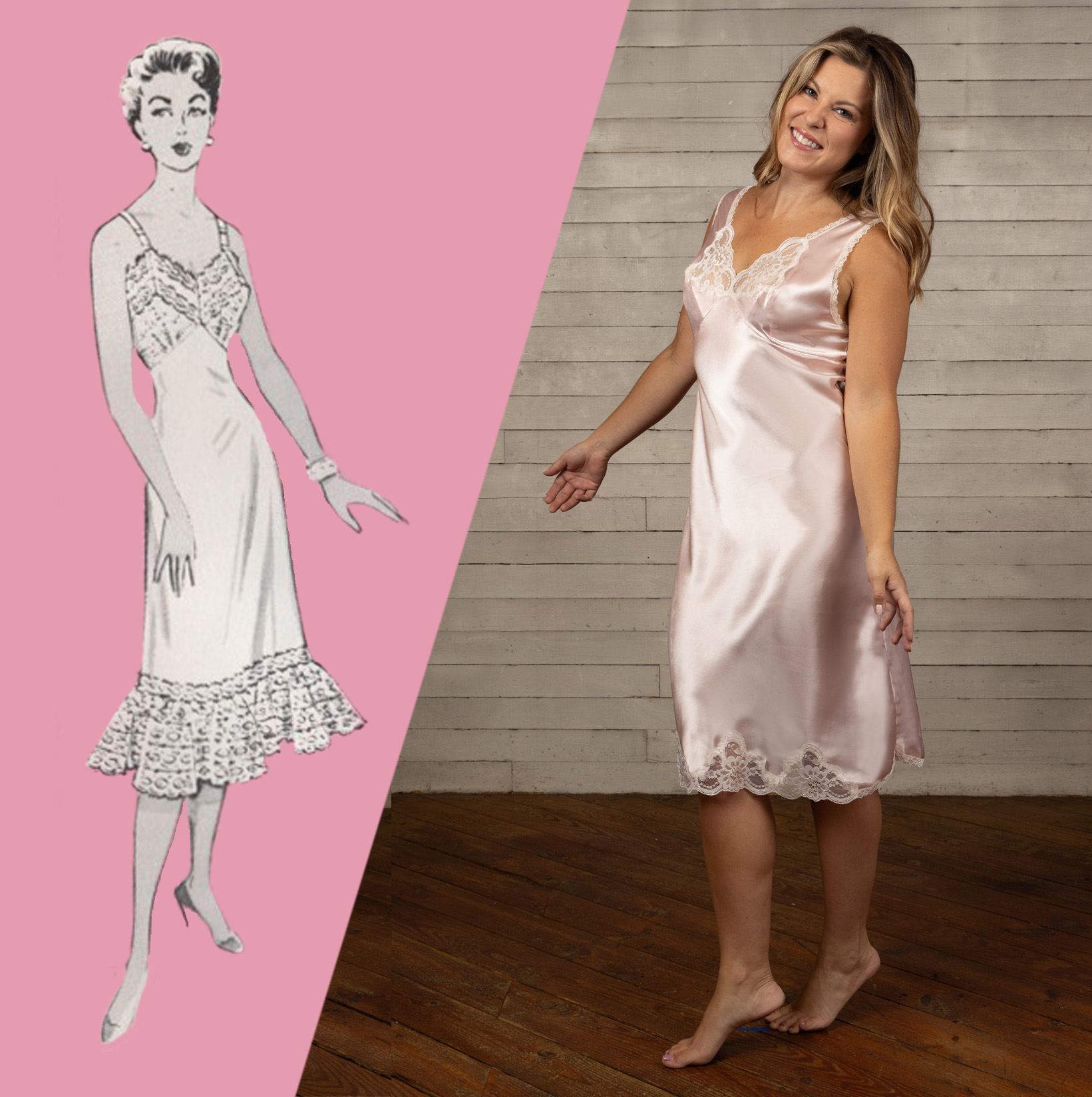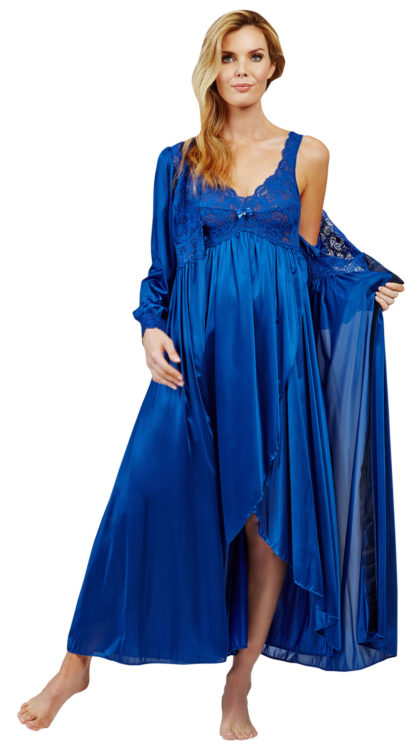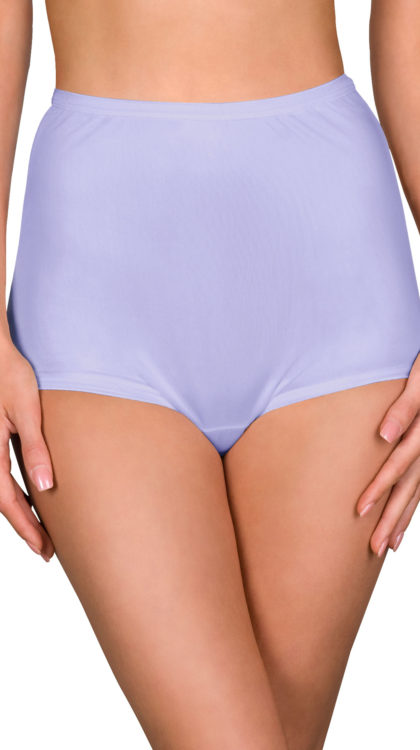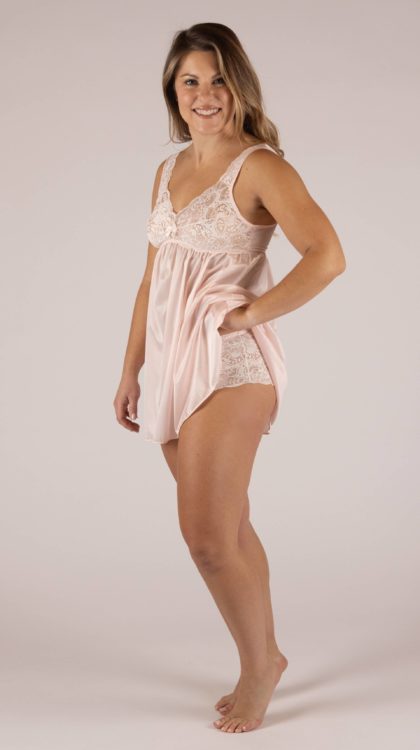The History of Nylon Lingerie
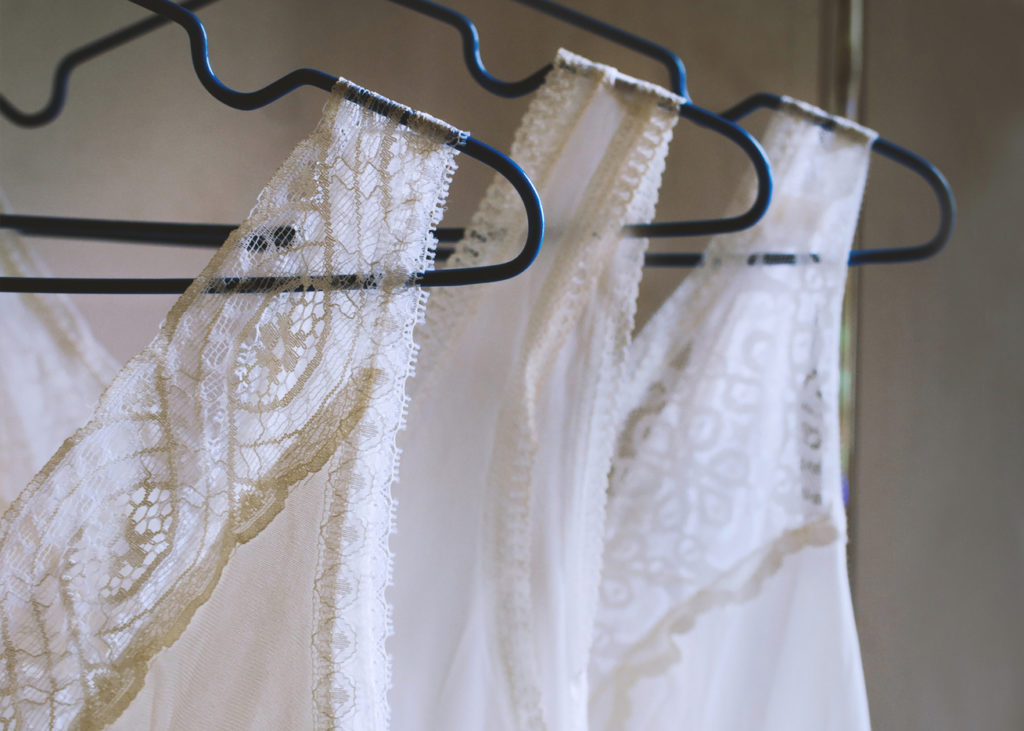
© Abrakadabraart
Here at Shadowline Lingerie, we’re big fans of nylon – it’s the primary fabric type we use! A fun fact that many people don’t know about it is that in its early days of existence, nylon was more expensive than silk. (Nowadays it’s a more affordable alternative). So what properties does it have that make it so special? And where did it come from? Today, we’ll be delving into the fascinating history of nylon lingerie…
What is nylon?
Nylon is man-made fiber, and a very versatile one – yes, you can make delicate, diaphanous nightgowns and ultra-sheer stockings from it, but it’s also used to make things where strength and ruggedness is key such as climbing ropes and seatbelts. That’s because, thanks to their structure at a molecular level, nylon fibers are not only smooth and fine but also incredibly resistant to breaking.
When was nylon invented?
Nylon was created by the DuPont company, who had previously invented rayon and neoprene. The research project that would eventually lead to nylon began in 1927, and the first nylon fiber was created in a lab in 1935. It was finally introduced to the world at the 1939 New York World’s Fair exhibition, the same year that nylon stockings hit stores for the first time (with the initial shipment of 4,000 pairs selling out within three hours!)
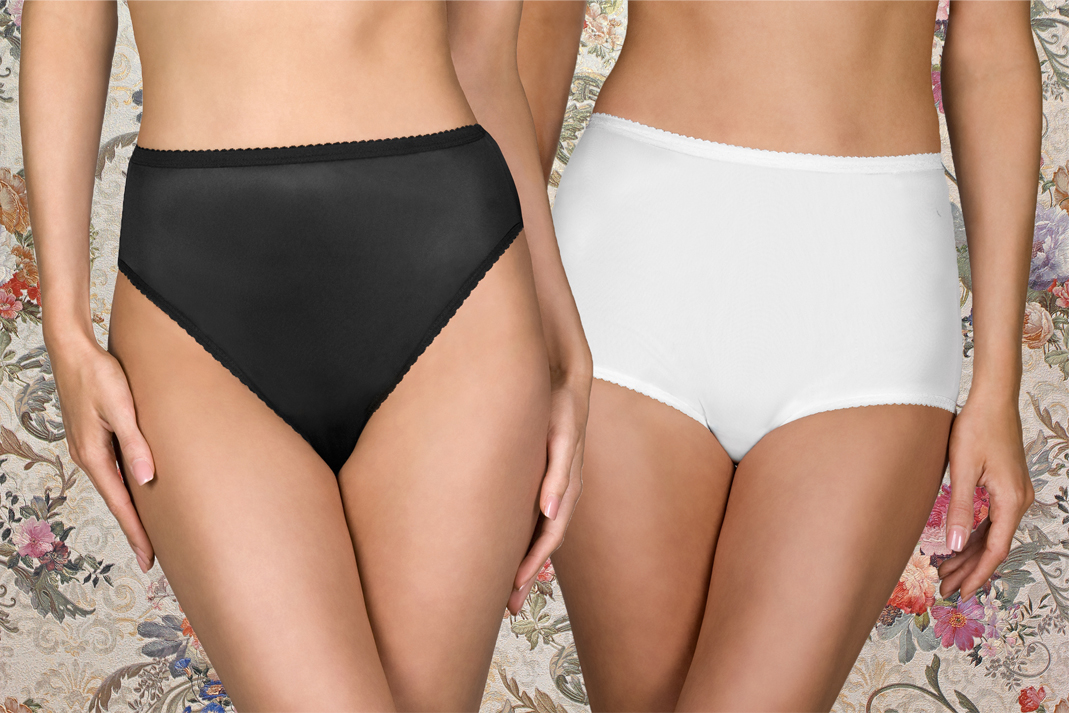
Left: Shadowline® Nylon High Cut Panty in Satintrique® nylon
Right: Shadowline® Nylon Seamless Full Brief in Opacitrique® nylon
Why is nylon so popular?
Stockings (and later, pantyhose) used to be an essential part of every woman’s daily wardrobe, and prior to the invention of nylon, the only sheer hosiery available was made from silk. But fine silk stockings are prone to tearing. Then along came nylon – a fiber that could be woven into an equally translucent fabric with the same silky shine and softness, but much better durability. As Good Housekeeping published in 1950, “Nobody has yet figured out the number of man–hours (or, more accurately, woman–hours) of labor saved in mending since nylon came along, but it must be tremendous.”
It wasn’t long before nylon began to be used for sleepwear too; combining the hard-wearing properties of cotton with the lightweight look and feel of silk, customers could finally get the best of both worlds. Nylon offered other benefits as well – it launders easily without shrinking or wrinkling, is resistant to bacteria or mildew, and has an excellent ability to hold onto dye meaning that colors stay looking vibrant. We regularly hear from customers that their decades-old Shadowline® gowns are still in fabulous condition!

Shadowline® Short Babydoll Nightgown in Opacitrique® nylon
WWII and the nylon riots
No history of nylon would be complete without a mention of how World War II affected nylon lingerie production. When it became clear that lightweight-yet-durable nylon was perfect for making parachutes and tents, wartime production of nylon products temporarily switched from stockings and lingerie to military gear.
But women had already fallen in love with their nylon stockings, and prices skyrocketed for the remaining pairs that had already been manufactured. When the war came to an end, demand was so high that DuPont simply couldn’t make them fast enough – in one famous Pittsburgh incident, an estimated 40,000 women showed up to shop with only 13,000 pairs available, leading to a break out of fighting!
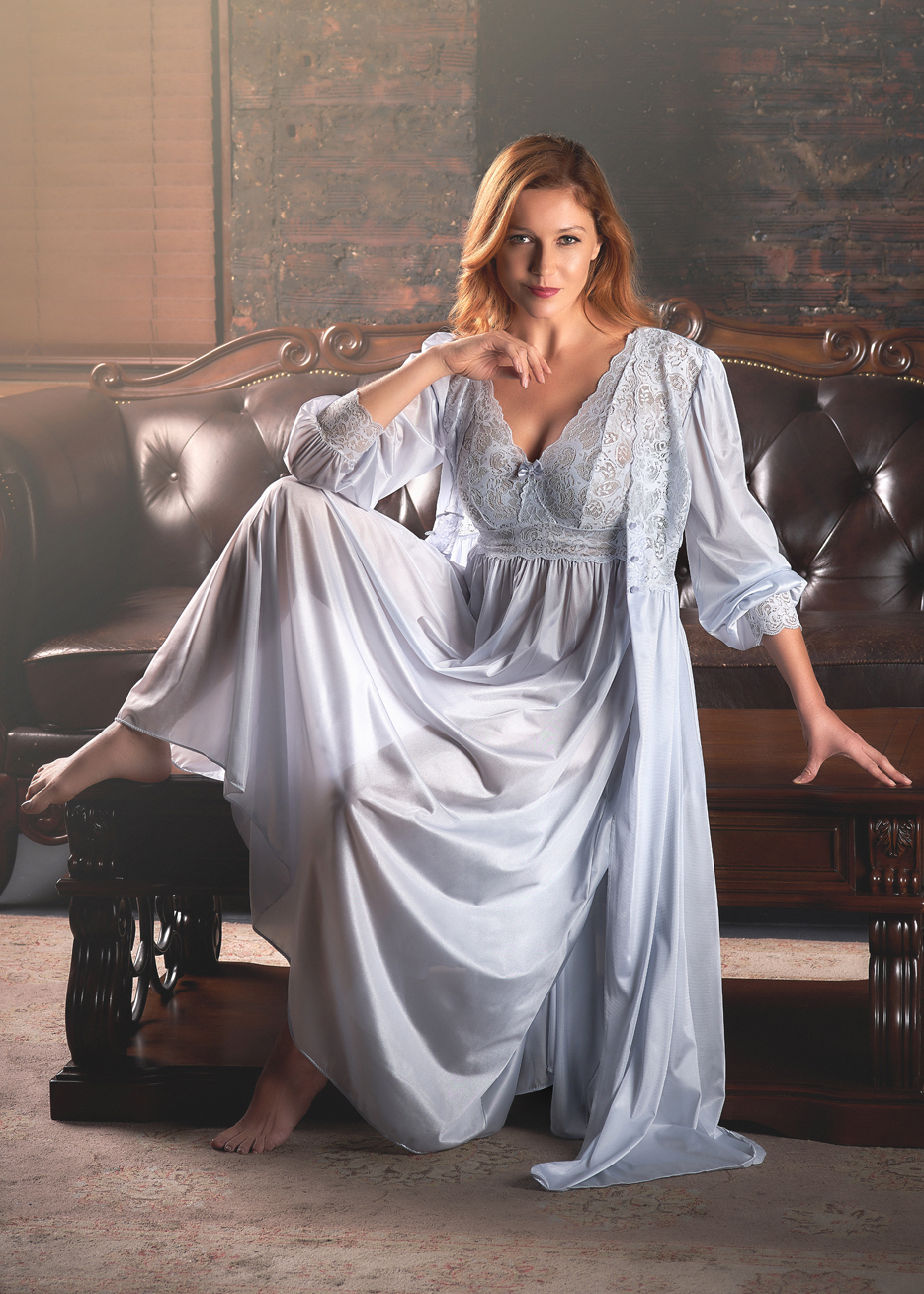
Shadowline® Peignoir Set in Satintrique® nylon
The Shadowline Lingerie nylons
We’ve already touched on the versatility of nylon, but even fabrics of a similar weight can be quite different since nylon can be made with either a matte or glossy appearance. At Shadowline Lingerie, we offer both.
Our 100% nylon Opacitrique® is a heavier fabric with a matte, opaque appearance, while our 100% nylon Satintrique® is a floatier fabric with a pearlescent shimmer and semi-sheer finish. We also offer panties both made from pure nylon, and from a nylon-spandex blend for a stretchier fit. Click here if you’d like to learn more about our different fabrics.



